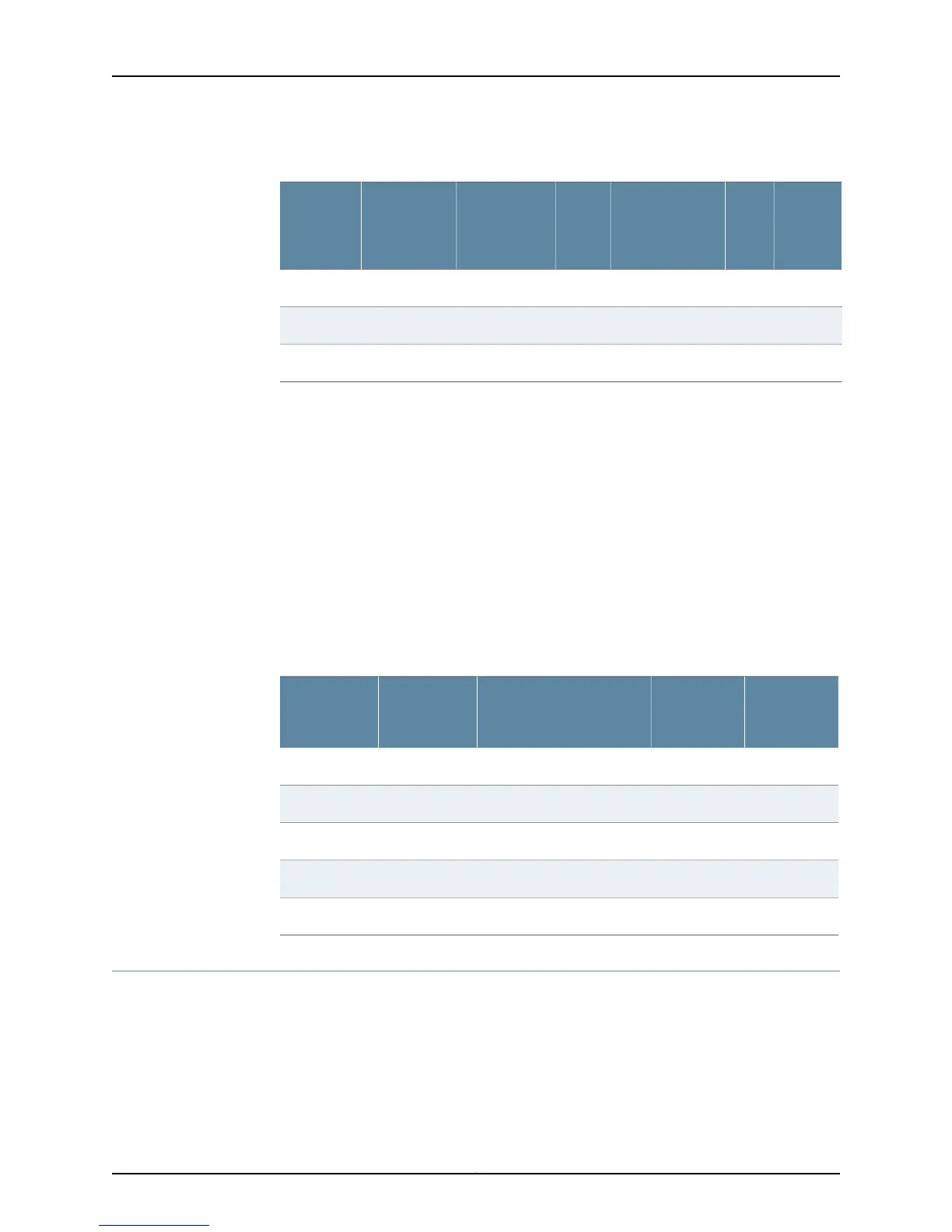Table 6: Sample Routing Table for a DVMRP Router
Output
Port
Input
Port
Time Before
Entry Is Deleted
from Routing
TableMetricFrom RouterSubnetMask
Source
Subnet
4/0, 4/13/0854143.32.44.12255.255.0.0143.2.0.0
4/0, 4/13/1802143.2.55.23255.255.0.0143.3.0.0
4/0, 4/13/11203143.78.6.43255.255.0.0143.4.0.0
The DVMRP router maintains an (S,G) pair table that provides information to the multicast
forwarding table. The (S,G) pair table is based on:
•
Information from the DVMRP routing table
•
Information learned from prune messages
•
If IGMP and DVMRP are on the same interface, group information learned from IGMP
The (S,G) pair table includes a route from each subnetwork that contains a source to
each multicast group of which that source is a member. These routes can be static or
learned routes. Table 7 on page 123 shows an example of the (S,G) pair table for DVMRP.
A dash (–) in the Input Port column indicates that the interface is associated with a
protocol other than DVMRP.
Table 7: Sample DVMRP (S,G) Pair Table
Output PortInput Port
Time Before Entry Is
Deleted from Routing
Table
Multicast
Group
Source
Subnet
4/0, 4/13/085230.1.2.3143.2.0.0
4/0, 4/13/075230.2.3.4
4/13/060230.3.4.5
4/0—90230.4.5.6
4/0, 4/13/180230.1.2.3143.3.0.0
Platform Considerations
For information about modules that support DVMRP on the ERX7xx models, ERX14xx
models, and the ERX310 Broadband Services Router:
•
See ERX Module Guide, Table 1, Module Combinations for detailed module specifications.
•
See ERX Module Guide, Appendix A, Module Protocol Support for information about the
modules that support DVMRP.
123Copyright © 2010, Juniper Networks, Inc.
Chapter 4: Configuring DVMRP

